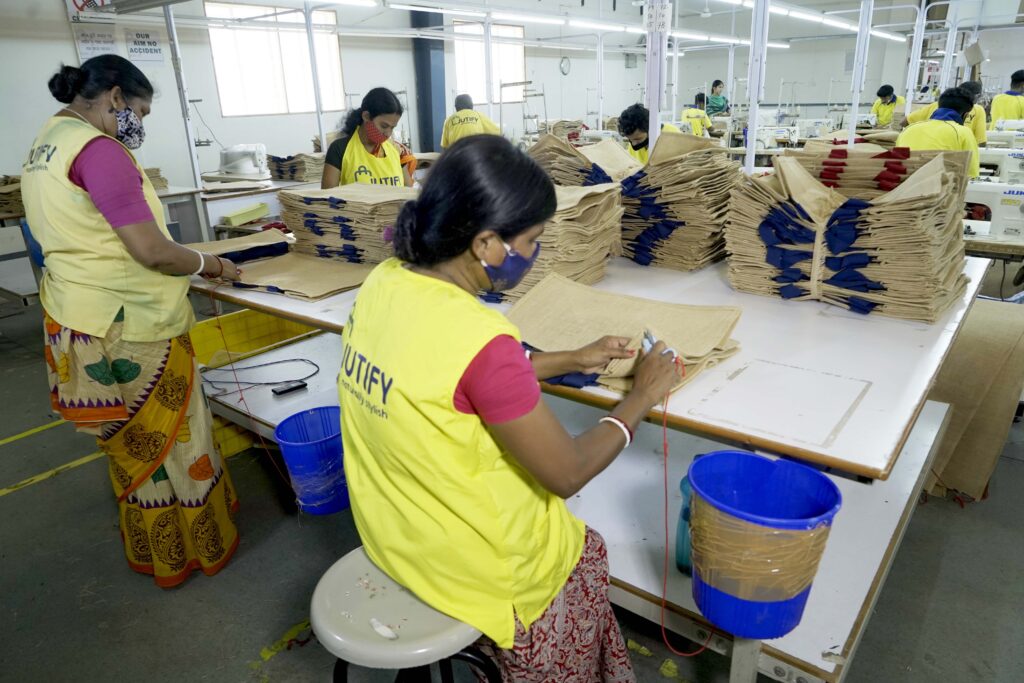
Vertical integration has become a buzzword in the textile industry and rightfully so. A company is deemed to be vertically integrated when it is in control of most or at least more than one of the associated businesses in its supply chain. However, unlike horizontal integration here, the parent company acquires a company (or multiple companies) at different stages in the supply chain from their own.
This can include owning or acquiring its upstream suppliers (backward vertical integration), owning or acquiring its downstream distributors (forward vertical integration) or a combination of both (complete vertical integration).
Usually, vertical integration involves two or three companies, but some vertically integrated companies are comprised of many organizations. Studies have confirmed that vertical integration significantly impacts business performance. These are the top 3 benefits of vertical integration in the textile industry:
1. Competitive Price
Due to high levels of coordination, a vertically integrated company results in reduced production costs both variable fixed costs. This happens as the firm becomes self sufficient, they cease to rely upon external sources. Cost savings incurred throughout the supply chain can be directed towards the customers, resulting in low er pricing without compromising on quality. It also uses its ability to fuse various stages of the production processes to its advantage. This inevitably gives them an edge over their competitors.
2. Lesser Lead Time
Stretched out lead times is a major set back in product delivery services. The time it takes for information to pass through multiple channels is a hinderance. Vertical integration solves this problem by eliminating the middleman. Due to this, a lot of time is saved and there is no need to negotiate terms and prices. Due to being self dependent, vertically integrated organizations ensure higher flexibility and a continuous flow of raw materials. Supply disruptions like labour strikes or faulty management practices are conveniently avoided. This allows for an efficient use of time and resources.
3. Better Quality
As vertical integration awards companies a higher degree of control, it is easier to ensure a smoother flow. Plus, vertical integration allows an organization access to more information. Less intrusion from third parties is also a major bonus. Thus, a company is more likely to be hands on and solve disruptions in supply chain processes quicker than their non vertically integrated counterparts. They can also seek further specialization in internal assets and subsequently deliver exemplary quality products.
All these factors enable vertically integrated organizations to provide an unmatched experience to not only its customers but also to everyone involved in the process. Jutify is an excellent example of a part of an established jute conglomerate that pursues complete vertical integration to provide fiber to finished jute products. Maintaining impeccable quality control in every step of its production, including cultivation, spinning, dyeing and stitching, etc, Jutify is undoubtedly one of the pioneers of this industry.
